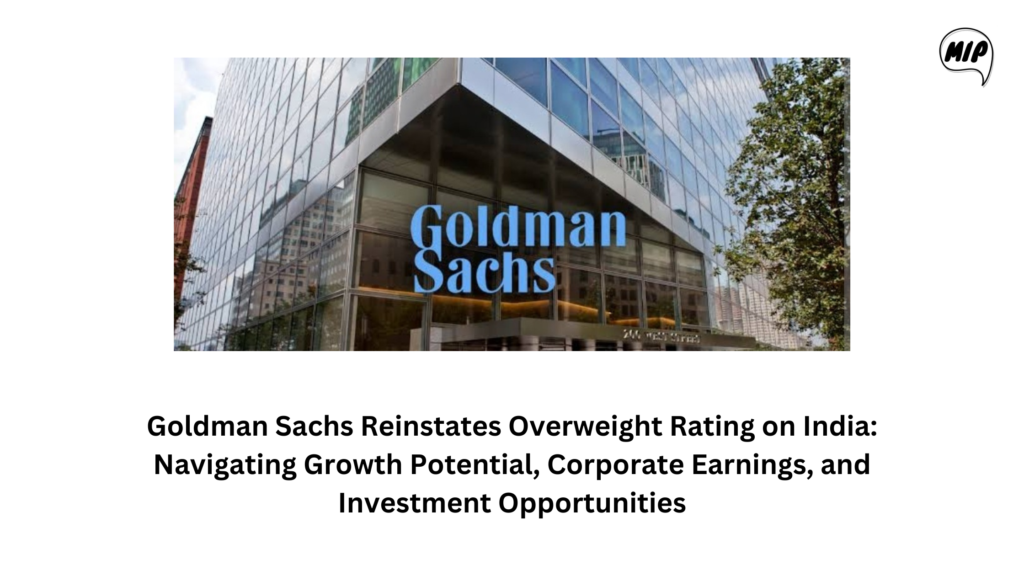
The investment case for India really has always been a continuing structurally positive one, since the country has the best growth potential in both economic terms and in underlying corporate earnings compared to all major markets, said Goldman Sachs’ Chief Asia Pacific Strategist Timothy Moe, in a conversation with CNBC-TV18.
For the year 2024, the investment bank said their base case for Nifty is 21,800, upgrading India to an ‘overweight’ rating
Goldman Sachs downgraded their view on India a year ago, because the frontline indices were trading at nearly 24x forward earnings, which seemed expensive. A lot of ‘good news’ has been factored into the valuation, so the investment bank reduced its long-standing ‘overweight’ call down to ‘market’ weight, said Moe.
However, for FY23, the underlying corporate earnings grew about 17 percent while Nifty is up nine percent during the same time. Therefore, there has been some narrowing of the valuation, as the PE ratio has come down from 24x to around 20x. “Currently that still is on the expensive side but not as expensive and, accordingly, we think it gives us an opportunity to lean back into the long-term strategically positive stance,” added Moe.
When asked if Asia will prove to be the investment destination going ahead, Moe noted that Asian markets face intense competition from two areas: bond yields and global equity markets. The expectation for 2024 across markets is mid-single digit growth, which levels the playing field.
However, in the long-term, India does stand out and foreign money is slated to make a return, as there is still room for FIIs to raise their investments. India has an extra engine of demand, particularly from the retail cohort either directly or via SIPs. It’s really important that domestic investors are more in charge of their own domestic markets, more so than foreign investors.
Banking has been a favoured theme, preferring it over consumer-oriented NBFCs. In the broader themes, Goldman Sachs is favouring three main buckets. “One would be the shorter term cyclical macro themes like the large cap laggards and midcaps; second, the broader theme of stable and quality growth at a reasonable price; thirdly, there seems to be some opportunities in the consumer area,” said Moe.
Typically, the market tends to be volatile in the run-up to the elections, based on uncertainty on outcomes and future policies. For the long-term, the election will not have much of an impact as the core fundamentals are very strong, according to the investment bank.